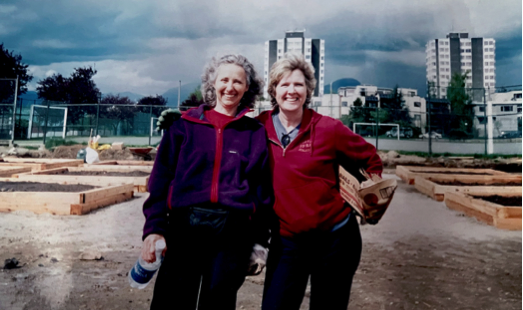Twenty-five years ago, I was developing and running art and multicultural programs for children in Vancouver, BC. I had received when I did talent testing that I had the talent to promote culture. I worked at Arts Umbrella, Canada’s largest and very wonderful arts school for youth 2-19. One day I accompanied our youth theater company to a performance the young actors were giving at a poor inner-city school. I was shocked at how few resources this school had that served primarily First Nations and immigrant children. This discovery propelled me into action. I felt called to address the inequity I witnessed for the city’s most vulnerable children.
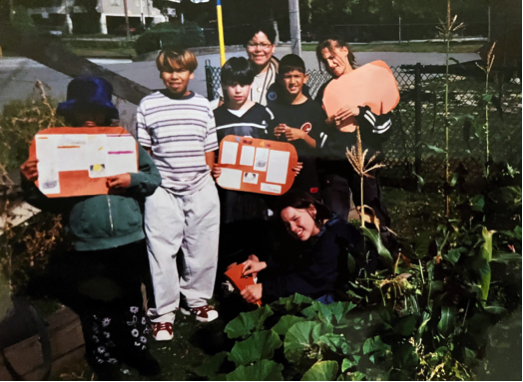
I applied to graduate school, resigned my job when I was accepted, and a few weeks before I was to start my studies, I heard a Subud sister say she was going to a conference at The Society for Values in Higher Education where our Subud brother, Reynold Feldman, was leading a workshop on wisdom. I received immediately I needed to go. I asked this international academic organization for a scholarship to the conference which they kindly gave me. I participated in a breakout group during Reynold’s workshop called “Using Wisdom to Address the Problems Impacting Children”. Anna Wasescha, the facilitator, told us of the program in horticulture and art for inner city kids she started in Minnesota. Her work rang bells in my inner: “do this” the bells sang.
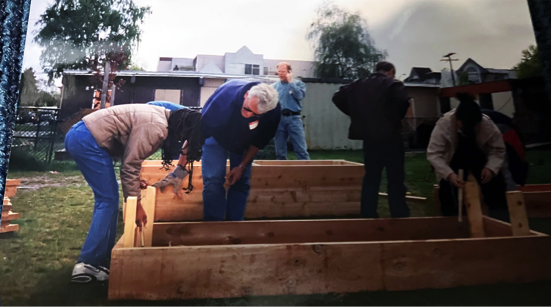
As soon as school started, I returned to the school I had visited, Grandview U’uquinak’uhh Elementary, and asked if I could help them to transform their school grounds into a garden learning environment for the children. The administrators welcomed me with open arms. I wrote an email to every student in the agriculture and landscape college at my university. The one response was my perfect partner, Tracy Penner, another mom back in university to develop a new career, hers in landscape architecture. I was doing an MA in education, so we had the complementary interests and skill sets, both of us doing action research on behalf of underserved kids.
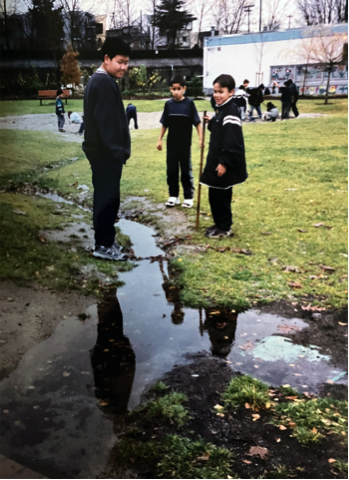
Tracy and I volunteered our time to do participatory planning (she taught me that skill) with all the teachers, students, and neighbors. From what we learned from their wishes we proposed to the school board a transformation of the large grounds to include: a vegetable garden for the children, a community garden for the neighbors, an ethnobotanic garden to honor First Nations plant knowledge, a hummingbird and butterfly garden, an outdoor classroom designed as a traditional longhouse, a dissipation pond to capture rain water before it hit the city drains and trees for a bird flyway along the border with the highway. We wrote grants to pretty much every foundation in Vancouver and got almost all of them because we were ahead of the curve of people starting school gardens (1998) and the foundations understood the poverty in the area. Tracy did the design, the school board approved it and I worked with every class and teacher in the school to prepare learning activities tied to the seasons, planting, First Nations’ culture and the environment.
Subud members, local church members, and the Environmental Youth Alliance, and the Mennonite Green Team helped the children build garden boxes for their garden and the community garden. A First Nations elder at the school designed and carved totem poles on site for the longhouse and all the children helped to paint them. We did a community mosaic project for the fence posts in front of the school. The children grew seeds in their classrooms, and we all helped them transplant them to the garden boxes outside. The favorite place to play on a rainy day was the swales leading to the dissipation pond where the kids could channel the water and build mini dams.
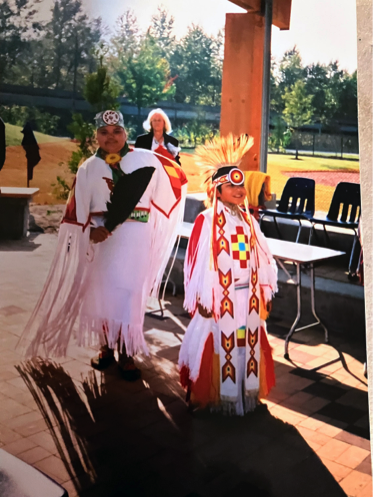
Our dedication ceremony of the longhouse, totem poles and The Spirit of Nature Garden (a name chosen by the students) included the three First Nations chiefs and people claiming land rights where the school was located and all students and school personnel. We celebrated with drumming and dancing throughout the grounds. 1000 sunflowers bloomed, all planted by the children to celebrate the 2000 millennial. Art, music, natural medicine, and food culture permeated all we did along with collaboration with multiple community groups. Involving many groups to work with the children was key and the garden and the many educational programs it provides continues today 25 years later!

